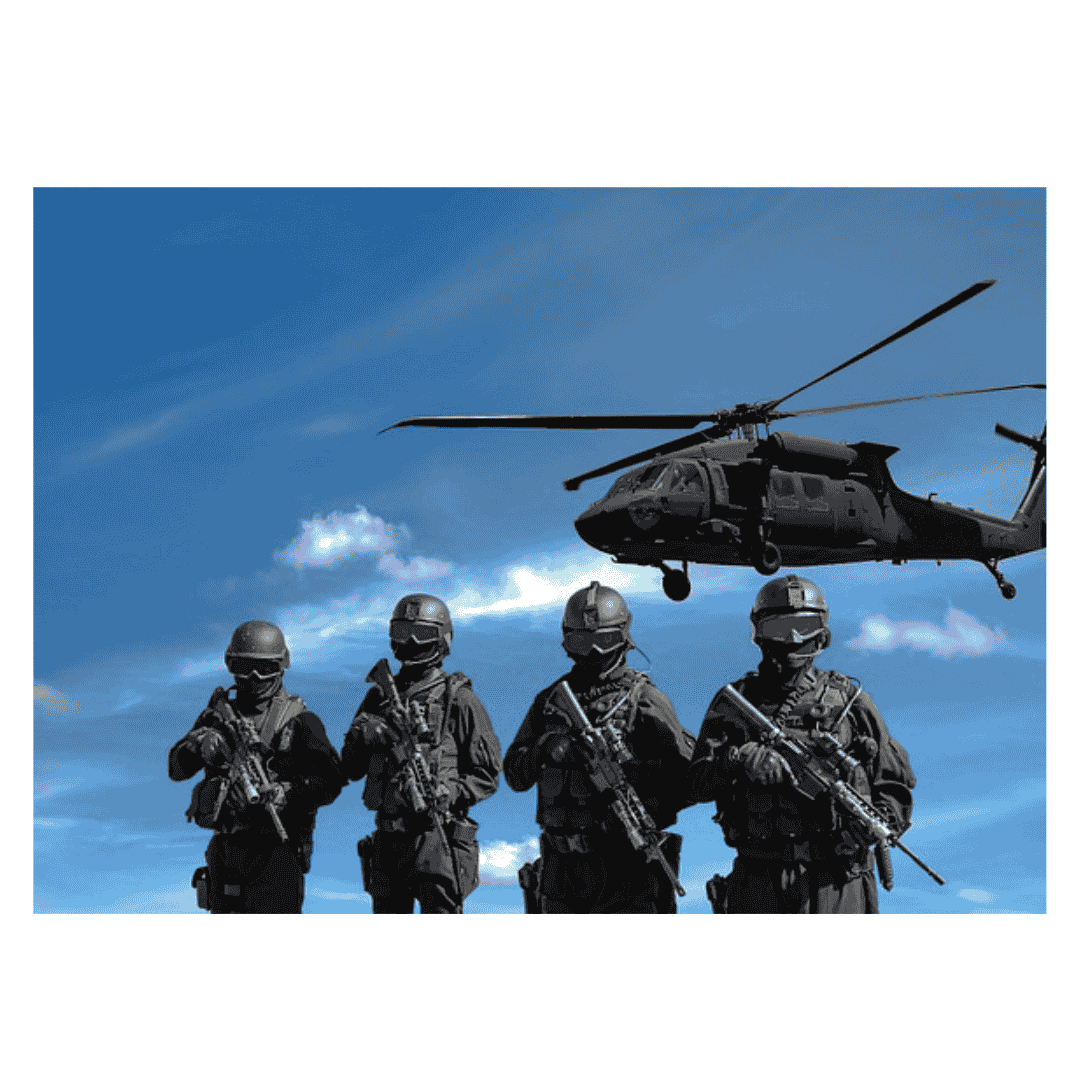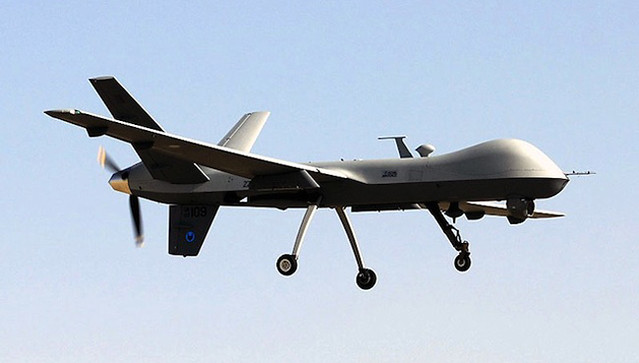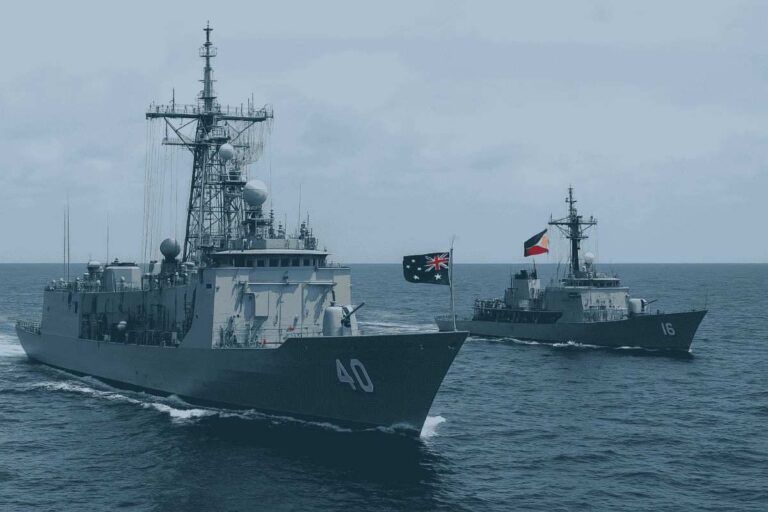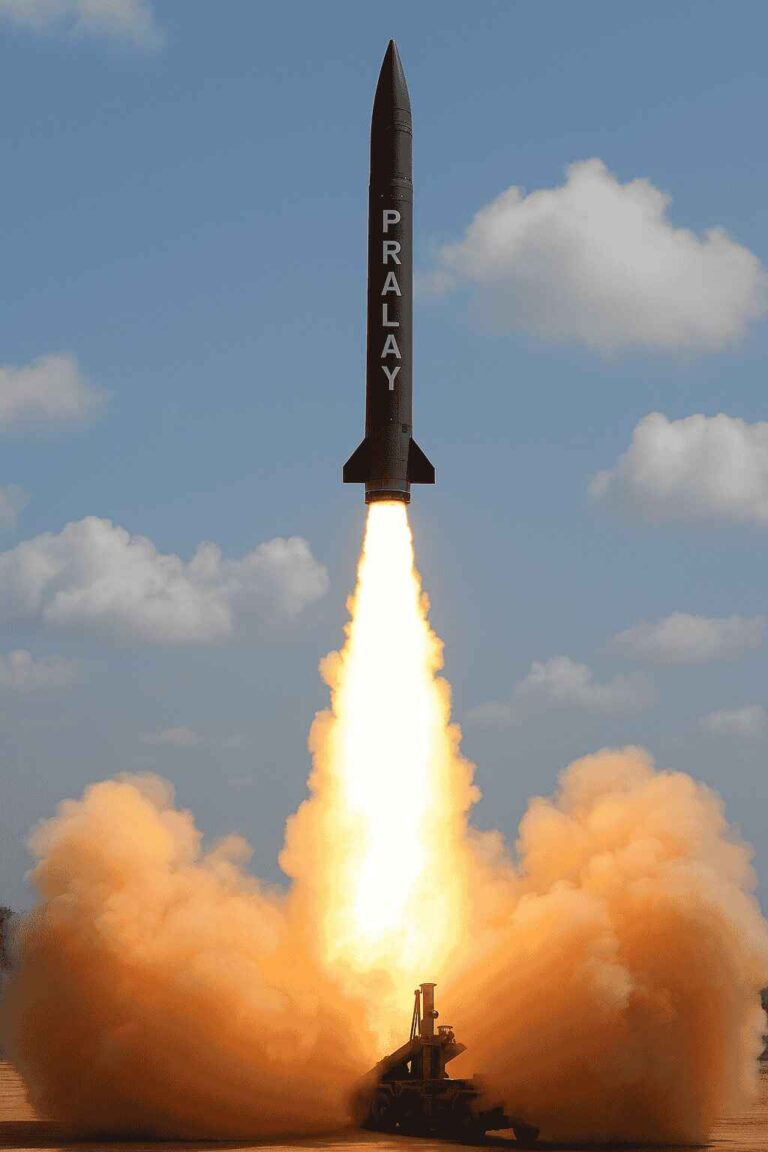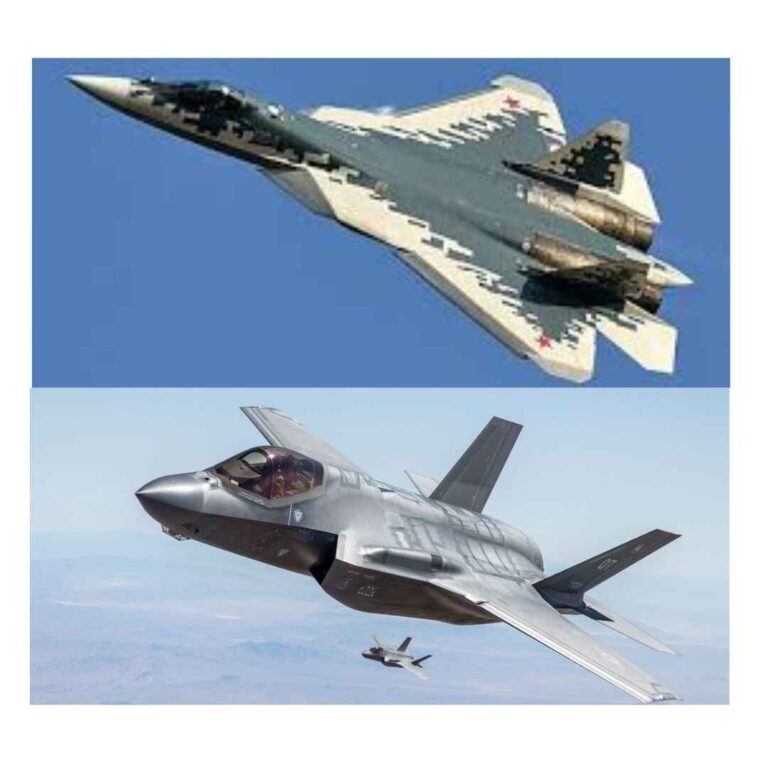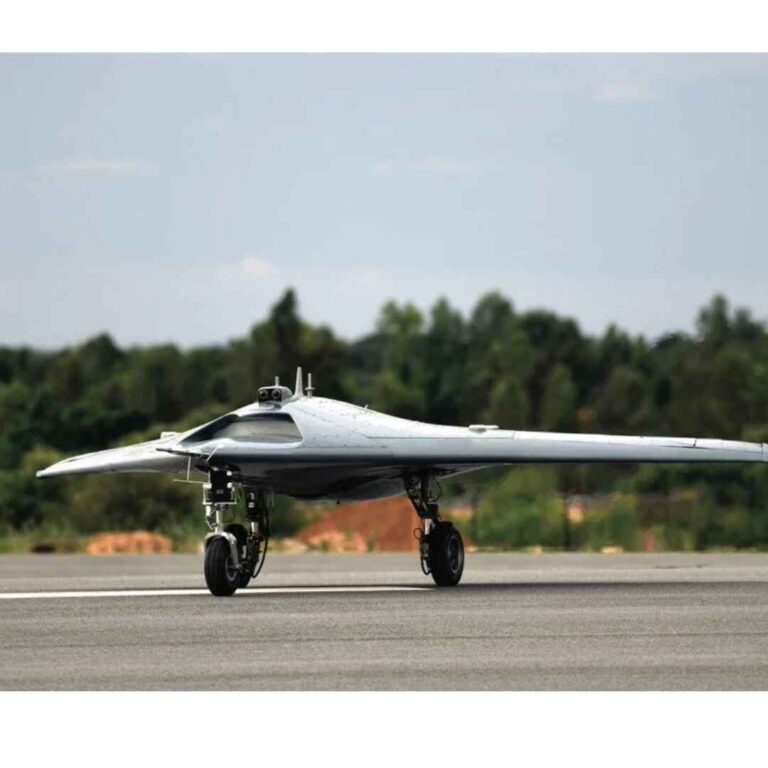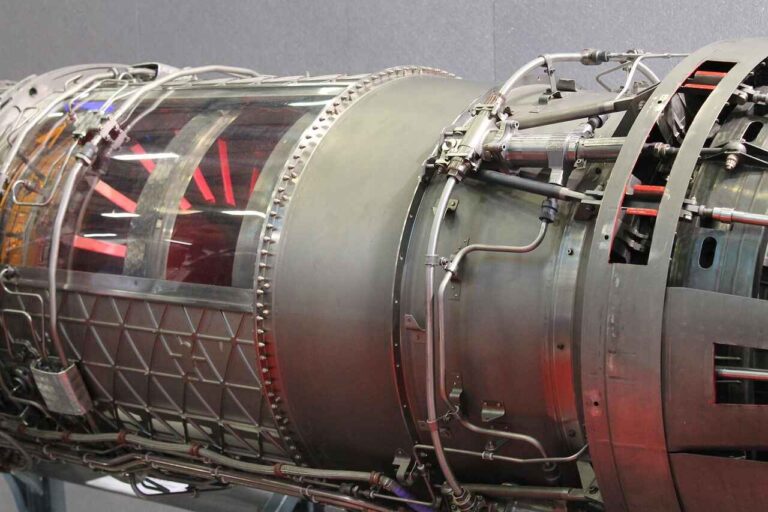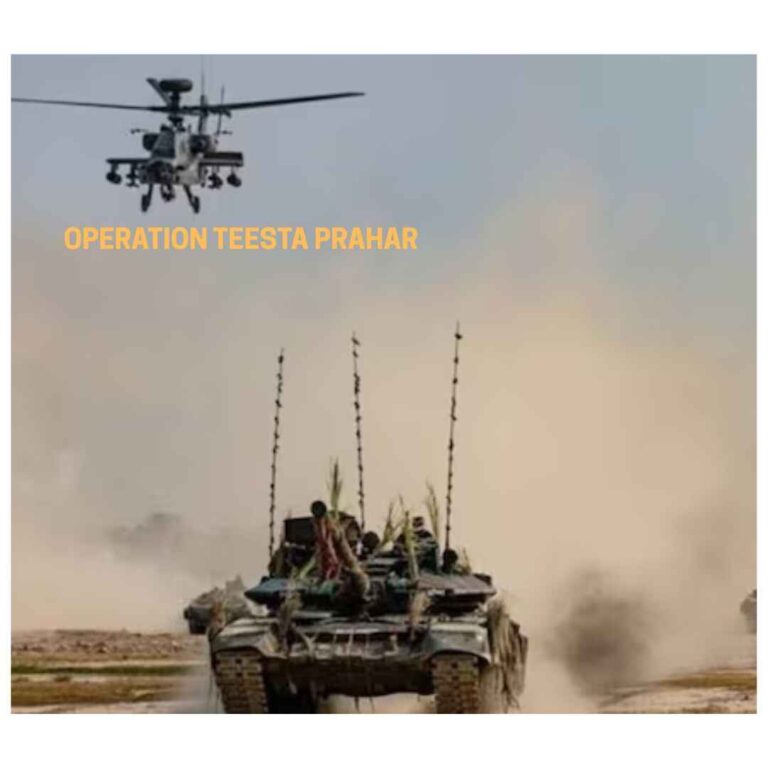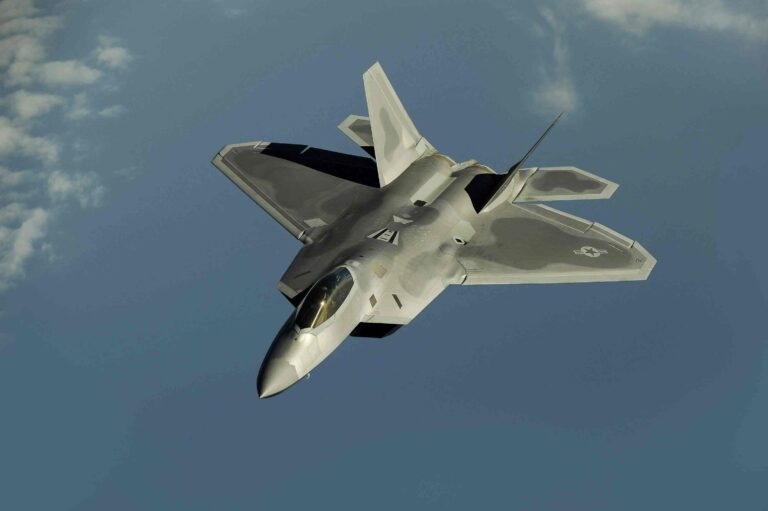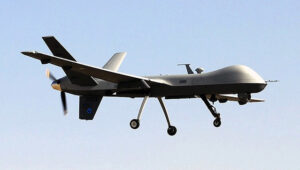Introduction
In an increasingly complex and dynamic global security environment, India’s defense modernization is both an imperative and a challenge. Military planners and policymakers are tasked with balancing the competing demands of upgrading defence capabilities while navigating economic constraints.
The success of India’s approach lies in its strategic focus on indigenization, efficient resource allocation, and a clear prioritization of modernization needs.
The Strategic Imperative for Modernization
India’s geographic location and regional security challenges dictate the necessity of a robust and modern defense force. With two nuclear-armed neighbours, Pakistan and China, and a broad spectrum of asymmetric and conventional threats, the need to upgrade military capabilities is non-negotiable. Additionally, India’s growing global stature, evidenced by its expanding role in multilateral defense partnerships, underscores the importance of having a credible deterrent force capable of safeguarding national interests.
However, modernization isn’t merely about responding to external threats. The changing nature of warfare — with increasing emphasis on cyber, space, unmanned systems, and artificial intelligence — demands that India’s armed forces remain ahead of the curve. Traditional military assets like tanks and fighter jets still matter, but they now need to be integrated into a broader defense ecosystem that includes network-centric warfare and advanced surveillance systems.
Economic Constraints: The Elephant in the Room
While the strategic need for modernization is clear, economic constraints have always been a limiting factor for India. Despite being the world’s fifth-largest economy, India’s defense spending, as a percentage of GDP, has remained relatively modest compared to other global powers. The defense budget for 2023-24 was approximately INR 5.94 trillion ($72.6 billion), a sizable allocation, but when adjusted for inflation, personnel costs, and long-term liabilities like pensions, the amount available for capital acquisitions is far less.
This limitation places immense pressure on military planners to prioritize spending, making tough decisions about which areas of modernization to focus on. The government must balance between maintaining operational readiness for current threats and investing in future capabilities.
The Push for Indigenous Production
To mitigate the impact of economic constraints, India has increasingly turned to indigenization as a solution. The ‘Make in India’ initiative, launched in 2014, has sought to reduce India’s dependence on foreign defense imports, which historically accounted for nearly 70% of its acquisitions. The goal is to create a self-sustaining defense industry that not only caters to domestic needs but also positions India as a key player in the global arms market.
Recent successes in this realm are notable. The Tejas Light Combat Aircraft (LCA), developed by Hindustan Aeronautics Limited (HAL), has been inducted into the Indian Air Force, marking a significant milestone in India’s indigenous aviation capabilities. Similarly, the Indian Navy’s INS Vikrant, the first indigenously-built aircraft carrier, stands as a testament to the country’s shipbuilding prowess.
However, while these achievements are commendable, challenges remain. Complex weapon systems, such as next-generation fighter jets, missile defence systems, and advanced drones, still require technological inputs from foreign partners. To address this, India has embraced joint ventures and technology transfers, exemplified by collaborations like the BrahMos missile project with Russia and the acquisition of S-400 missile defence systems.
Efficient Spending and Resource Allocation
In light of the limited defence budget, India’s defence planners have adopted a more focused approach to spending. Rather than pursuing a broad array of capabilities, India is increasingly concentrating on areas where it can achieve the most strategic leverage. This includes enhancing maritime capabilities, given the growing importance of the Indo-Pacific region, and focusing on force multipliers such as air defence systems, long-range missiles, and satellite-based intelligence.
The emphasis on maritime strength is particularly important. With a vast coastline and key trade routes running through the Indian Ocean, the Indian Navy’s modernization is crucial for securing the country’s economic interests and countering the influence of external powers in the region. The commissioning of INS Vikrant and the continued procurement of advanced frigates, submarines, and maritime reconnaissance aircraft reflect this priority.
Another area of focus is the modernization of the Indian Air Force (IAF), which has seen a steady influx of both indigenously produced and imported platforms. The addition of the Rafale fighter jets, the upgrade of the Su-30 MKI fleet, and the development of advanced unmanned aerial vehicles (UAVs) signify the IAF’s shift toward modernized air combat capabilities.
Technological Advancements and Future Warfare
As warfare continues to evolve, so too must India’s defence strategies. The future battlefield will be shaped by artificial intelligence, unmanned systems, and cyber warfare capabilities. Recognizing this, India has initiated several key projects to integrate cutting-edge technology into its defence systems.
One such initiative is the Defence Artificial Intelligence Project Agency (DAIPA), aimed at accelerating the adoption of AI-driven solutions across the military spectrum. This includes the development of autonomous systems for surveillance, reconnaissance, and combat roles. Additionally, the Defence Cyber Agency, established in 2019, has been tasked with bolstering India’s cyber defence capabilities — a critical component of modern warfare where traditional geographical boundaries no longer apply.
Space is another frontier where India is rapidly expanding its capabilities. The Indian Space Research Organisation (ISRO) has been actively collaborating with the military on projects that range from satellite-based surveillance to anti-satellite weaponry. With the launch of GSAT-7A and RISAT-2BR1, India has enhanced its ability to monitor threats and improve communications across its defence forces.
Challenges on the Road Ahead
Despite the notable progress, India’s path to defence modernization is far from smooth. Bureaucratic delays, budgetary constraints, and the complex nature of defence procurement processes continue to hamper the timely delivery of critical assets. Additionally, the country’s heavy reliance on imports for certain technologies, particularly in areas like advanced avionics and missile systems, poses a risk in the event of supply chain disruptions or diplomatic disagreements with key partners.
Another significant challenge is the human capital required to effectively integrate new technologies. While India boasts one of the largest and most capable armed forces globally, it faces a shortage of technically skilled personnel who can operate and maintain the advanced systems being inducted. Bridging this skills gap will require targeted investments in education and training programs, as well as fostering partnerships with global defence technology firms.
Conclusion
India’s defence modernization efforts are a testament to the country’s determination to safeguard its national interests despite economic limitations. The balancing act between upgrading capabilities and managing costs is an ongoing challenge, but one that India has approached with pragmatism and strategic foresight. By focusing on indigenous production, leveraging international partnerships, and investing in future technologies, India is laying the groundwork for a defence force that is capable of meeting both current and future security challenges.
As India continues to evolve into a major global power, the success of its defence modernization will not only ensure the safety of its borders but also solidify its standing in the international arena. The road ahead is difficult, but with the right mix of strategic planning, innovation, and investment, India can continue on its path toward becoming a truly self-reliant and capable defence power.

